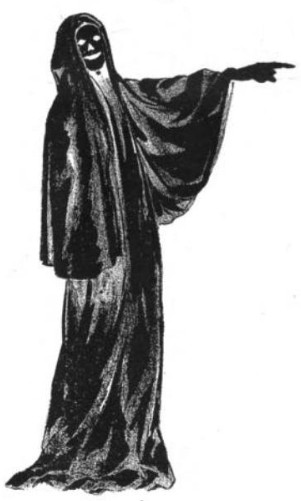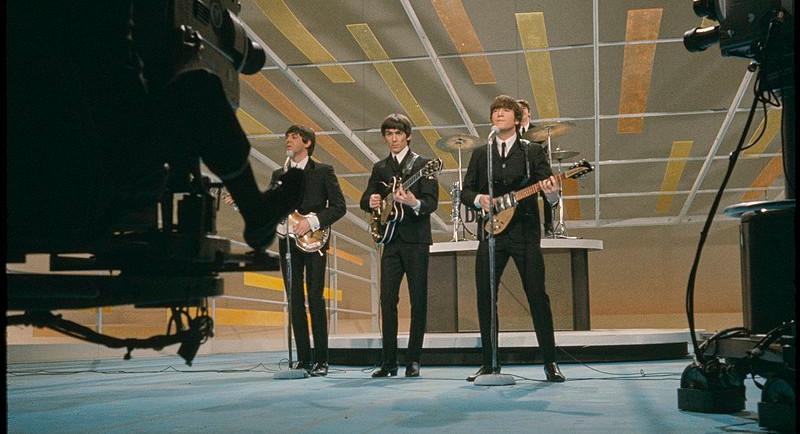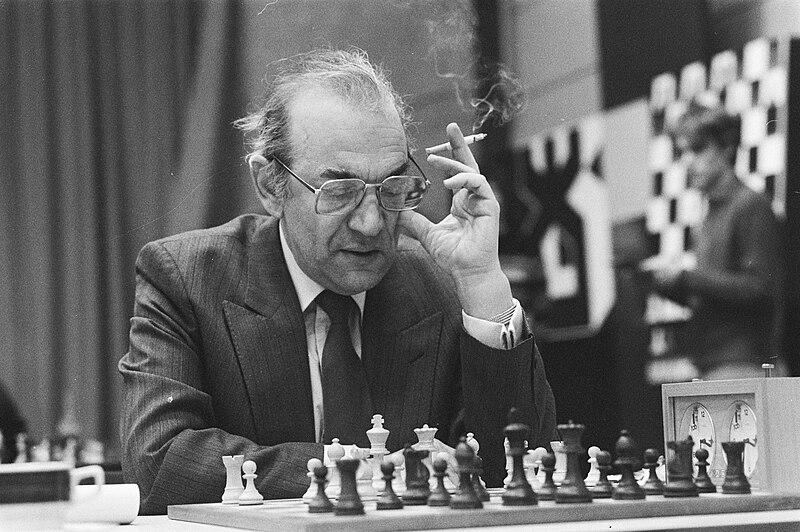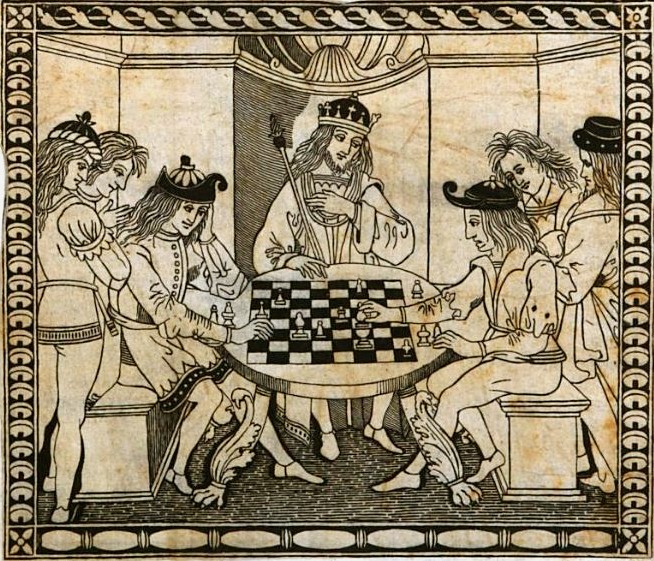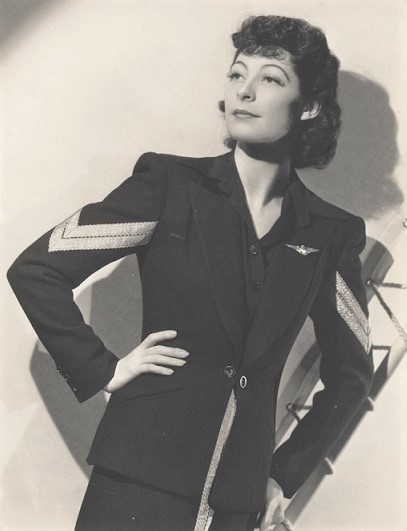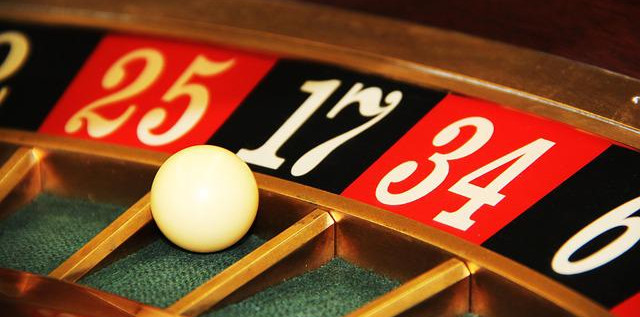
Card expert John Scarne tells the story of an elderly, distinguished gentleman, apparently slightly inebriated, who one night began observing the play at a Houston roulette table. Presently he began to complain about how unlucky he was.
“What do you mean, unlucky?” the croupier asked.
“Number 32 just won, didn’t it?” the man said.
“Yes, but you didn’t have a bet down,” said the croupier. “What’s unlucky about that?”
“Oh, yes, I did,” the man said. “I made a $10 mind bet on 26 and lost!” He gave the croupier a $10 bill. “I always pay my losses,” he said, “even on mind bets.”
The croupier tried to return the money, but the old man wouldn’t take it, so the croupier rolled his eyes and shoved the bill into the money box.
The old man disappeared in the direction of the bar, but returned just as the croupier was spinning the wheel. When the ball dropped he shouted excitedly, “That’s me! I bet ten bucks on number 20, and I won!”
The croupier tried to continue the play, but the man, who suddenly seemed much more sober, demanded to be paid the $350 he had won in his mind bet.
“He kept this up until the casino manager was called,” Scarne writes. “After hearing what had happened, he ruled that since the croupier had accepted a $10 losing mental bet, he must pay off on the winning mind bet. You can be quite sure that this was the last mental bet which that croupier or any other in that casino ever accepted.”
(From J. Scarne’s New Complete Guide to Gambling, 1974.)
